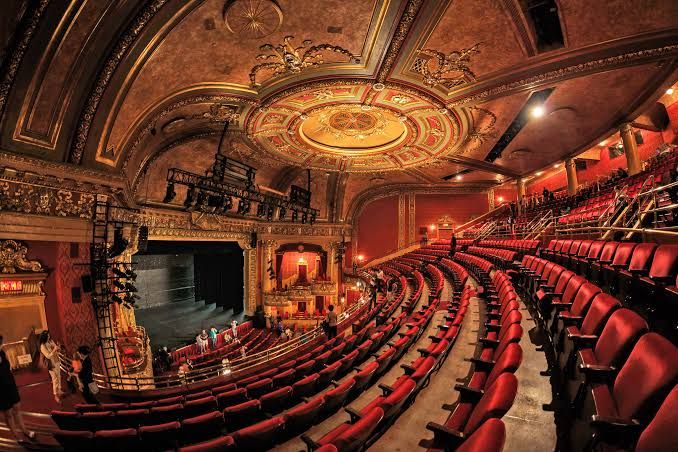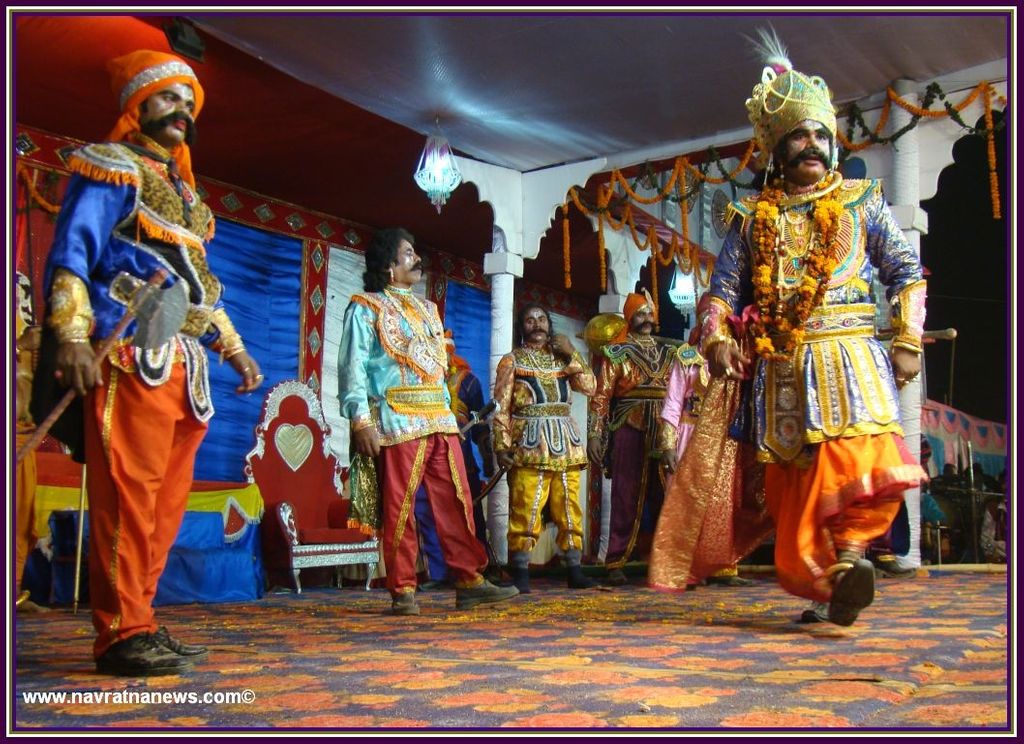Theatre And Jatra
Jun 19, 2019 • 32 views
That's the magic of art and the magic of theatre: it has the power to transform an audience, an individual, or en masse, to transform them and give them an epiphanal experience that changes their life, opens their hearts and their minds and the way they think.
Theatre is a performance that developed over the past two thousand five hundred years. It can be seen as an art form as well as a source of entertainment for the spectators without any initiative from their side. The word ‘theatre’ itself is taken from Greek and it is considered as the root to western tradition.
The Greek theatre that mostly developed in Athens included festivals, law, religious rituals, music, poetry, etc. Under European theatre along with greek theatre there are: Roman Theatre, Early Medieval Theatre, Late Medieval Theatre, English Elizabethan Theatre, Spanish Golden Age Theatre, Neoclassical Theatre, Nineteenth Century Theatre, Twentieth Century Theatre.
Another important theatre is American Theatre which from the very beginning is unique and diverse which portrays American society and their national identity. In America due to strong Christian society theatre got banned from 1774 to 1789. The theatre also paused due to the Revolutionary Wars within this period but soon got resumed after the war ended in 1781. The theatre showed a major shift from the moral hero to the modern man which is a product of their environment. Even during this period Hollywood emerged and simultaneously threatened the American Theatre.

African theatre is considered as the earliest recorded quasi theatrical event which is also referred to as Passion Plays. Under this theatre comes Ghanaian Theatre, Yoruba Theatre and African- American Theatre whose performances were rooted in the African culture until influenced by the American environment. African Grove theatre was the first African- American theatre that was by William Henry Brown in 1821.
The Asian Theatre under which Sanskrit theatre is the earliest form of Indian theatre. One of the major evidence for Sanskrit theatre is Natyasastra also known as A Treatise on Theatre which is a work of dramaturgy which addresses acting, makeup, costuming, dance, music, etc. Under Asian theatre comes Chinese Theatre, Philippine Theatre, Thai Theatre, etc.

Jatra is a type of theatre which is a part of Bengali culture. The word jatra literally means journey in Bengali. The origin of jatra came from a musical theatre form, which is traditionally credited to the rise of the Bhakti Movement. Though the origin of jatra was started for religious purposes soon it was replaced with various Bhakti movements and by the end of the 19th century it was replaced by more morally driven content.
The jatras reflected what was happening in the society. It became secular and much more popular during the Bengal renaissance days. Jatras are still relevant in the villages in the modern era. Jatras include various songs and dances. It, in the modern times, is very relevant to the social causes of the society. Jatras also depict the great epics of Indian Mythology like Ramayana and Mahabharata and spread awareness about them in various places.
Street theatre or Street play is where a large numbers of people watch a play in the open surroundings. There is no specific stage for a street play. There are also no restrictions in a street play. People from all types of backgrounds can watch a street play. The actors who perform in a street theatre or a street play normally range from amateurs or small theatre companies to large organised theatre companies. It is also performed by groups who want to promote their mainstream work and advertise themselves. It was a source of providing mainstream information which is done by radios and televisions now a days.
